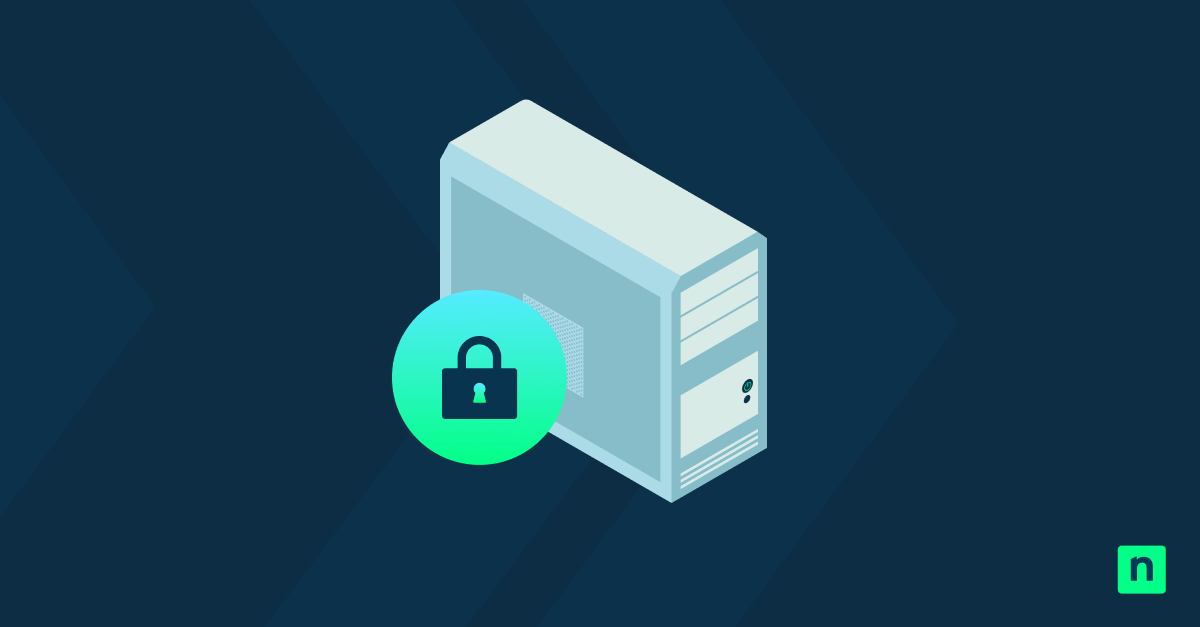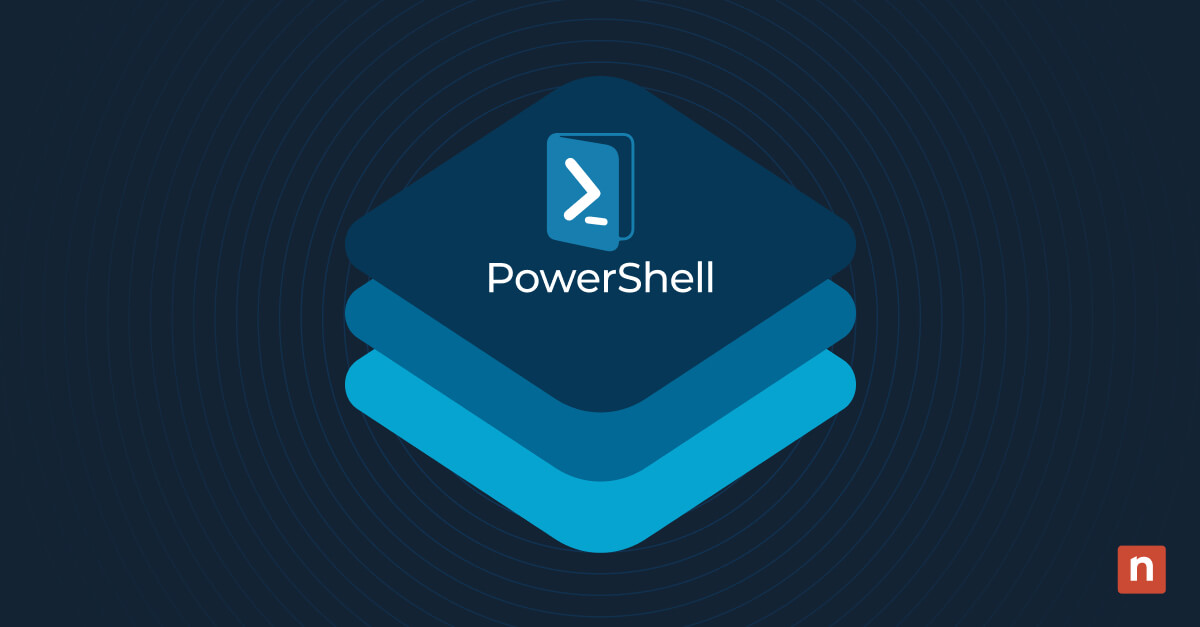Key Points
How to Triage and Contain Ransomware Incidents Across Multiple Clients
- Rapid ransomware containment across multi-client environments: MSPs must execute synchronized network isolation nd lateral movement blocking within minutes to prevent cascading ransomware spread across interconnected client infrastructures.
- Effective triage and forensic evidence preservation: Prioritizing systems during the first 30 minutes determines containment success; Collecting memory dumps, packet captures, and system logs early ensures forensic integrity and enables legal follow-up.
- Implement layered ransomware protection and security best practices: Standardize protection with Windows Defender’s built-in ransomware defenses, multi-factor authentication, automated patch management, and centralized logging.
- Proactive threat intelligence and playbook-driven response: Integrate threat intelligence frameworks and maintain a documented ransomware response playbook to ensure fast containment and minimal business disruption.
When ransomware hits multiple client environments simultaneously, your response window shrinks to minutes. Network isolation protocols, forensic evidence preservation and lateral movement blocking require coordinated execution across disparate infrastructures. Your triage decisions determine whether you contain the incident or watch it propagate through interconnected systems, compromising additional endpoints and data repositories.
Why ransomware containment matters for MSPs
Multi-client ransomware incidents create cascading failures that compound exponentially across managed environments. Each compromised endpoint becomes a potential pivot point for lateral movement into additional client networks, multiplying your containment workload and liability exposure. Delayed response protocols allow attackers to establish persistent mechanisms across multiple infrastructures, transforming isolated incidents into coordinated multi-tenant breaches.
Ransomware triage essentials
Ransomware containment protocols determine which systems receive immediate attention during multi-client incidents. Resource allocation decisions made during the first thirty minutes directly impact your ability to prevent cross-contamination between client environments. Proper triage methodology balances the preservation of forensic evidence with operational continuity requirements across disparate network architectures.
Identify signs of a ransomware attack
To recognize patterns across multiple client environments, you need standardized detection criteria that adapt to different infrastructure setups. Attack indicators manifest differently depending on endpoint configuration, network topology and security tool deployment, so it’s critical to apply consistent detection standards to ensure threats are identified accurately across all environments. This way you can prevent lateral movement and preserve forensic evidence for investigation activities.
Look for these signs:
- File extensions changing across network shares, showing automated encryption at work.
- System-wide performance slowdowns with CPU spikes linked to encryption processes.
- Unusual outbound traffic to command-and-control servers over encrypted channels.
- Widespread user issues like failed logins, app crashes and database errors across clients.
Prioritize affected systems
Business continuity requirements may vary significantly across client environments, so you need to be able to perform a rapid assessment of operational dependencies. For example, financial services clients may require different prioritization criteria than those in manufacturing environments, with regulatory compliance obligations influencing containment decisions. On the other hand, production systems supporting revenue-generating operations will probably receive immediate attention, while development and testing environments can tolerate extended downtime.
Gather forensic evidence
You need to collect evidence in a way that preserves integrity while still moving fast enough to contain threats across all client environments. Memory dumps, network packet captures and system logs require immediate collection before containment activities modify system states. Documentation protocols track the evidence chain of custody across different client jurisdictions, maintaining legal admissibility for potential prosecution or insurance claims.
Contain ransomware incidents quickly
Rapid ransomware containment stops lateral movement between network segments and limits attacker access to additional data stores. To block malicious channels, you can enforce firewall rules, disable compromised accounts and cut off suspicious IP ranges or ports while keeping critical business traffic open. Coordinating response actions means pushing isolation policies through your RMM or SIEM tools, synchronizing endpoint lockdowns with network segmentation and ensuring incident playbooks are executed simultaneously across all client environments so attackers have no gap to exploit.
Isolate compromised devices
Network segmentation tools provide immediate isolation capabilities without requiring physical device access across distributed client environments. VLAN reconfiguration, firewall rule updates and switch port disabling create containment boundaries around affected systems. Remote management interfaces allow rapid isolation even when on-site personnel are unavailable, maintaining response capabilities during off-hours incidents.
Disable lateral movement
Modify Active Directory security groups to stop compromised accounts from reaching additional resources across client domains. Reset service account passwords to invalidate cached credentials that attackers could use for privilege escalation. Likewise, you can use network access control systems to automatically quarantine devices showing suspicious behavior and block them from communicating with core infrastructure.
Block malicious network activity
Use DNS filtering to stop compromised systems from resolving command-and-control domains and cut off attacker communications. Configure proxy servers to block access to malicious domains and IP addresses associated with ransomware activity. Strengthen defenses further with intrusion prevention systems that update signatures automatically to detect and block new threat patterns across all client environments.
Apply ransomware protection with Windows Defender
Windows Defender provides built-in ransomware protection capabilities that integrate with existing security infrastructure across client environments. Configuration management tools enable the rapid deployment of protection settings across multiple endpoints simultaneously.
Follow these steps to apply ransomware protection in Windows Defender:
- Open Windows Security:
- Start > type Windows Security > open it.
- Go to Virus & threat protection
- Turn on core protections:
- Virus & threat protection settings > Manage settings
- Toggle On: Real-time protection
- Toggle On: Cloud-delivered protection
- Enable Controlled Folder Access (ransomware data protection):
- Virus & threat protection > Ransomware protection > Manage ransomware protection
- Turn on Controlled folder access;
- Click Protected folders to review/add locations (by default, Documents, Pictures, etc. are protected; add network drives or custom folders as needed);
- Click Allow an app through Controlled folder access to whitelist trusted apps.
- Add trusted applications (to reduce false positives):
- Controlled Folder Access: Allow an app through > Add an allowed app > Recently blocked apps or Browse all apps.
- Antivirus exclusions (only if necessary): Virus & threat protection settings > Exclusions > Add an exclusion (File, Folder, File type, or Process). Keep this minimal.
- Enable Network Protection (block malicious C2 domains/IPs)
- Windows Security > App & browser control > Reputation-based protection settings
- Scroll to Protection based on network > enable Block (if available).
- If not visible, use PowerShell (Run as admin):
- Check: Get-MpPreference | Select-Object EnableNetworkProtection
- Enable: Set-MpPreference -EnableNetworkProtection Enabled
Strengthen ransomware protection strategies
Proactive security measures reduce incident frequency and impact severity across managed client environments. Defense-in-depth strategies layer multiple protection mechanisms to create redundant security controls. Regular security assessments identify vulnerabilities before attackers can exploit them during ransomware campaigns.
Review audit policy recommendations
Comprehensive logging gives you early warning of ransomware activity across client networks. Set audit policies that capture the right level of detail without overwhelming storage or degrading performance. By centralizing logs from all client environments, you can run correlation analysis to spot coordinated attack patterns that would be missed in isolated systems.
Implement security best practices
Implementing a security framework means rolling it out systematically across diverse client infrastructures with different technical requirements. By standardizing configurations, you reduce administrative overhead while ensuring consistent ransomware protection and containment across every managed environment.
Consider these security best practices:
- Deploy multi-factor authentication to block credential-based ransomware attacks.
- Validate backups regularly to ensure data integrity and recovery readiness.
- Automate patch management to apply updates across client environments without manual effort.
- Train employees on security practices to reduce human errors that enable ransomware campaigns.
Leverage threat intelligence frameworks
Threat intelligence platforms aggregate attack indicators from multiple sources to provide early warning of emerging ransomware campaigns. Intelligence feeds update security tools automatically with new signatures, domains and IP addresses associated with active threats. Collaborative intelligence sharing between managed service providers improves collective defense capabilities across the broader security community.
Prepare for future ransomware attacks
You can cut recovery time and minimize business impact by documenting clear incident response procedures and testing them regularly to validate capabilities and uncover gaps. Build a ransomware playbook that standardizes response steps across client environments, including contact details, escalation paths and technical actions. Finally, use decision trees to guide your team through complex scenarios, keeping the focus on fast containment and reliable recovery.
Peace-of-mind endpoint security
NinjaOne’s endpoint protection platform protects your business from ransomware attacks. The software combines reliable data recovery with effective attack prevention and monitoring capabilities to cover all bases. Sign up for a free trial today.
Quick-Start Guide
NinjaOne offers several key capabilities for ransomware incident response through its SentinelOne integration:
Ransomware Incident Response Steps
1. Detection and Monitoring
– SentinelOne integrated with NinjaOne provides real-time threat detection across multiple clients
– Threats are displayed in the NinjaOne console’s Device Health section
– You can view and filter SentinelOne events across organizations
2. Vigilance Options
– Clients with SentinelOne Vigilance get 24x7x365 incident coverage
– For clients with Vigilance:
– Contact [email protected] with attack details
– Vigilance team can perform remediation and rollback actions
– For clients without Vigilance:
– Recommend contacting their Digital Forensics and Incident Response (DFIR) provider
– SentinelOne partners with Arete Advisors for incident response (866-210-0955)
3. Information Gathering
When a ransomware incident is reported, collect:
– Organization(s) affected
– Number of devices impacted
– Specific threat details
– Threat status in SentinelOne console
– Device-specific logs
4. Remediation
– Technicians can:
– View threats in NinjaOne console
– Link directly to SentinelOne management console
– Verify incident status
– Confirm remediation steps
Important Recommendations
– Do not manually uninstall/reinstall SentinelOne client without escalating to SentinelOne SMEs
– Always verify device connectivity in SentinelOne console
– Follow SentinelOne’s recommended action plan for ransomware attacks
The integration provides a centralized approach to monitoring, detecting, and responding to ransomware threats across multiple clients, with clear escalation paths and response strategies.








